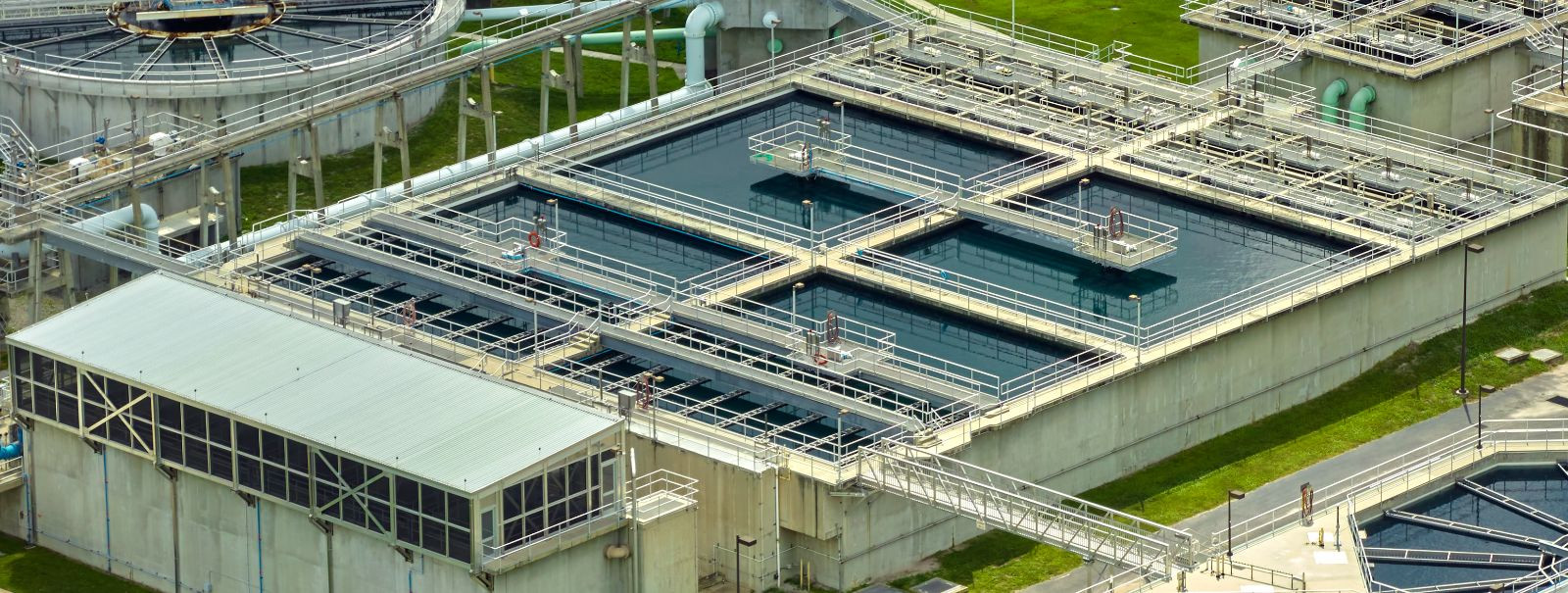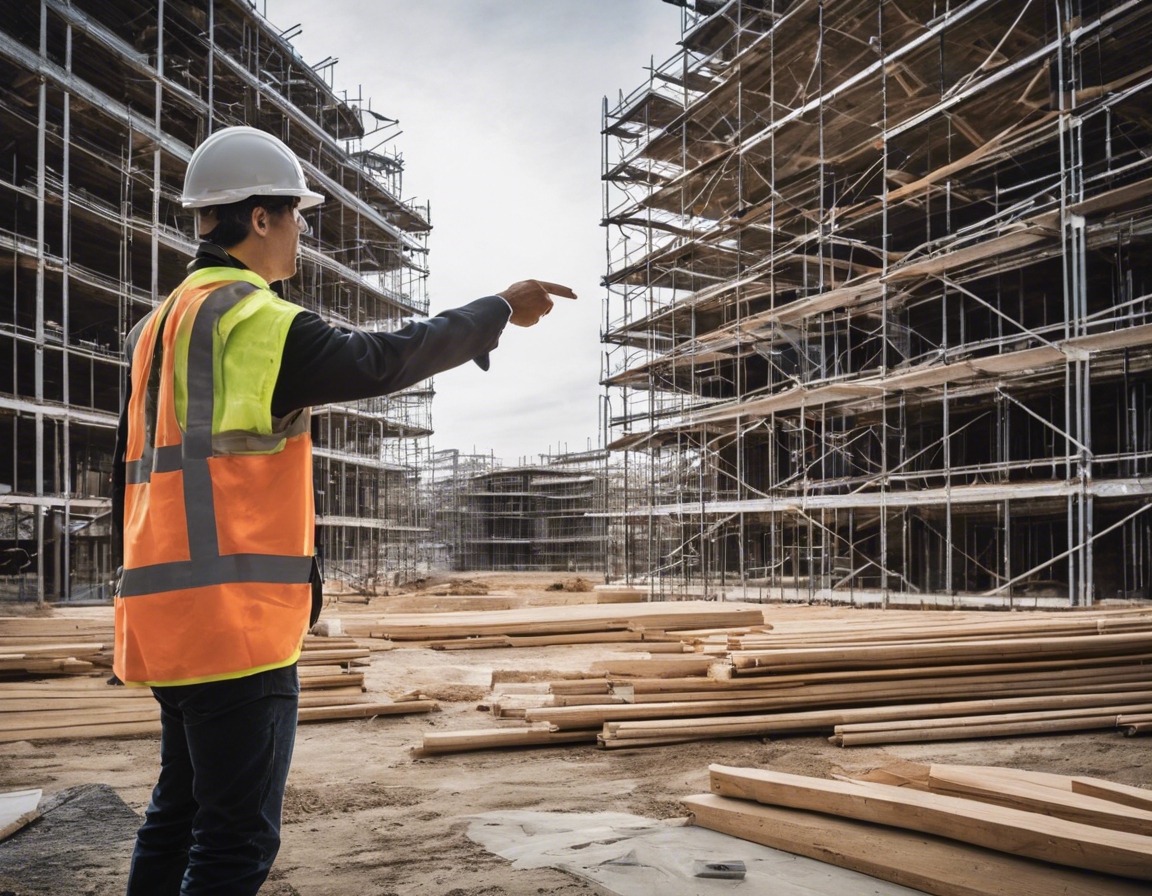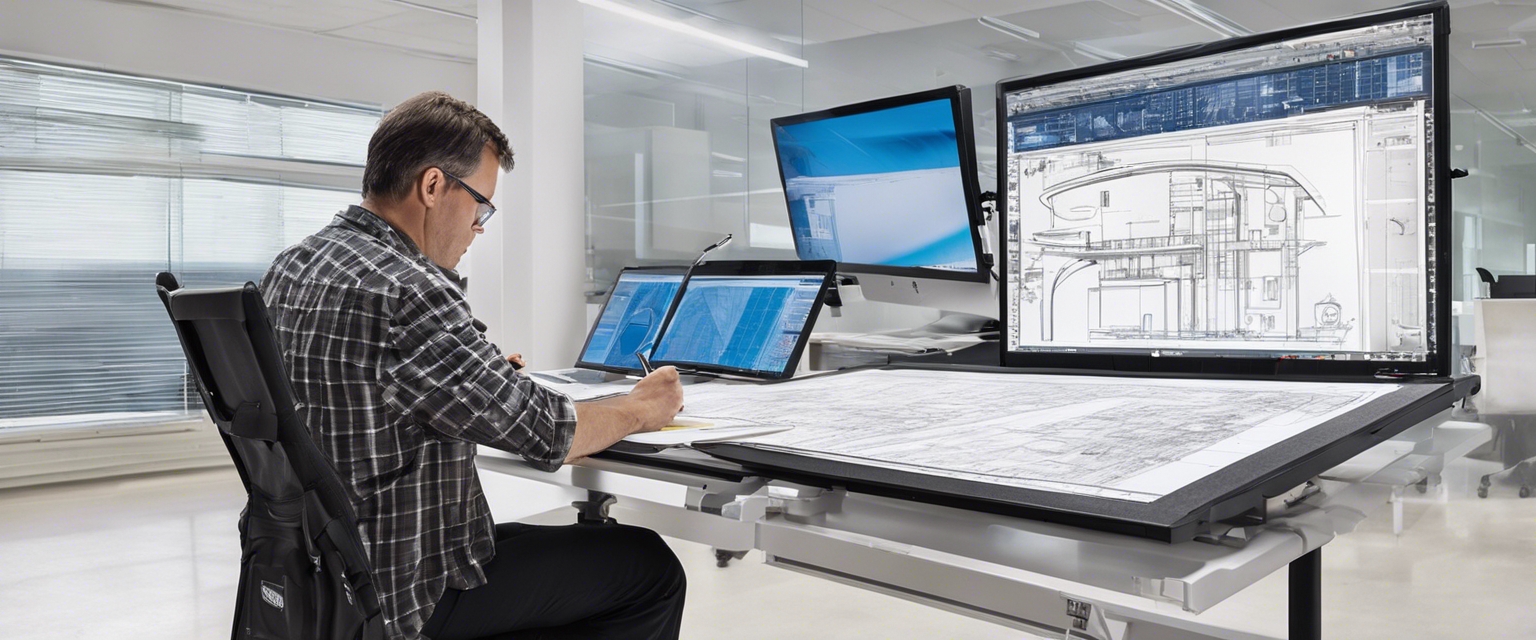The future of sustainable sewerage systems
As the world grapples with the challenges of climate change and environmental degradation, the need for sustainable sewerage systems has never been more pressing. The traditional approach to sewerage, which often involves the disposal of untreated or minimally treated waste into the environment, is no longer viable. Sustainable sewerage systems are designed to minimize environmental impact, conserve resources, and provide long-term solutions to waste management.
Many existing sewerage infrastructures are aging and inefficient, leading to significant water loss, pollution, and health hazards. The increasing population and urbanization are putting additional strain on these systems, necessitating the adoption of more sustainable practices.
Sustainability in sewerage systems is not just about environmental protection; it's also about ensuring economic viability and social responsibility. A sustainable approach addresses the entire lifecycle of sewerage management, from design and construction to operation and decommissioning, with an emphasis on resource recovery and reuse.
Emerging Technologies in Sewerage Systems
One of the key components of sustainable sewerage is the use of water-efficient appliances and fixtures that reduce the volume of wastewater generated. This not only conserves water but also reduces the load on treatment facilities.
Technological advancements have led to the development of innovative wastewater treatment solutions that are more efficient and less harmful to the environment. These include membrane bioreactors, advanced oxidation processes, and constructed wetlands, among others.
The potential for energy generation from sewage is a game-changer for sustainable sewerage systems. By harnessing the energy contained in wastewater, facilities can become energy-neutral or even energy-positive, contributing to a circular economy.
Design and Planning for Sustainability
Green infrastructure, such as bioswales and rain gardens, can be integrated into sewerage system design to manage stormwater, reduce runoff, and improve water quality.
Smart design incorporates real-time monitoring and data analysis to optimize the performance of sewerage systems, reduce the risk of overflows, and enhance maintenance strategies.
Adhering to strict regulatory compliance and environmental standards is crucial for the development of sustainable sewerage systems. This ensures that systems are designed and operated in a manner that protects public health and the environment.
Implementation and Management
Finding cost-effective solutions is essential for the widespread adoption of sustainable sewerage systems. This involves not only the initial investment but also the long-term operational and maintenance costs.
Engaging the community and educating stakeholders about the benefits of sustainable sewerage can lead to greater support and more successful implementation of these systems.
Effective long-term maintenance and monitoring are key to ensuring the sustainability of sewerage systems. This includes regular inspections, timely repairs, and upgrades to incorporate new technologies and practices.






Comments (0)